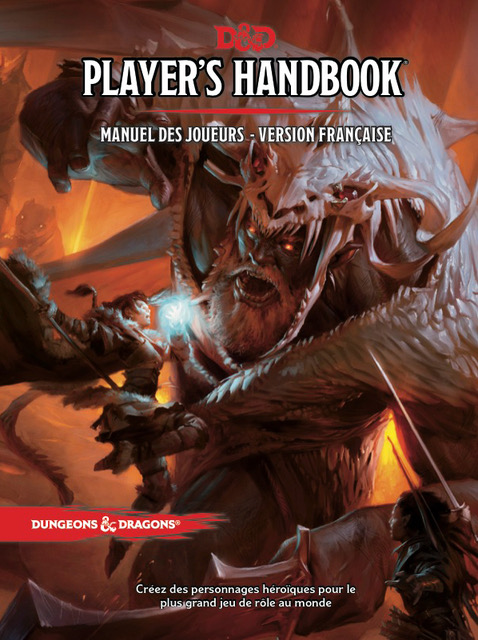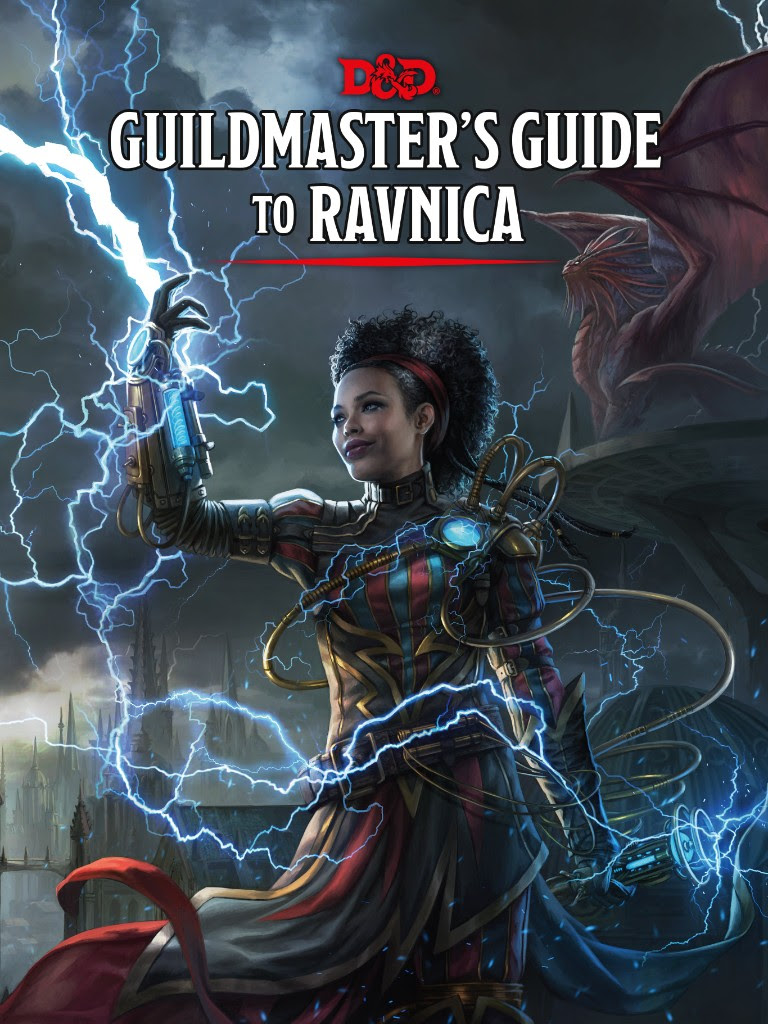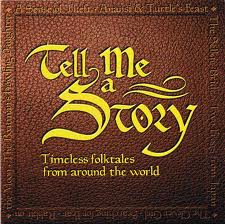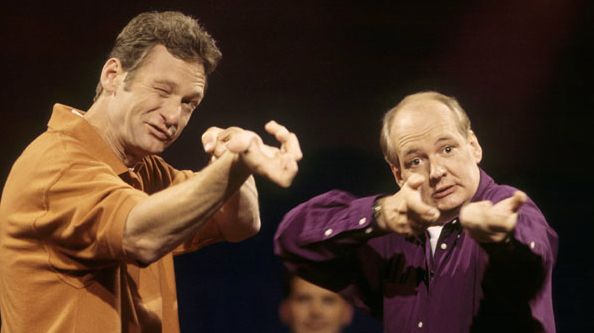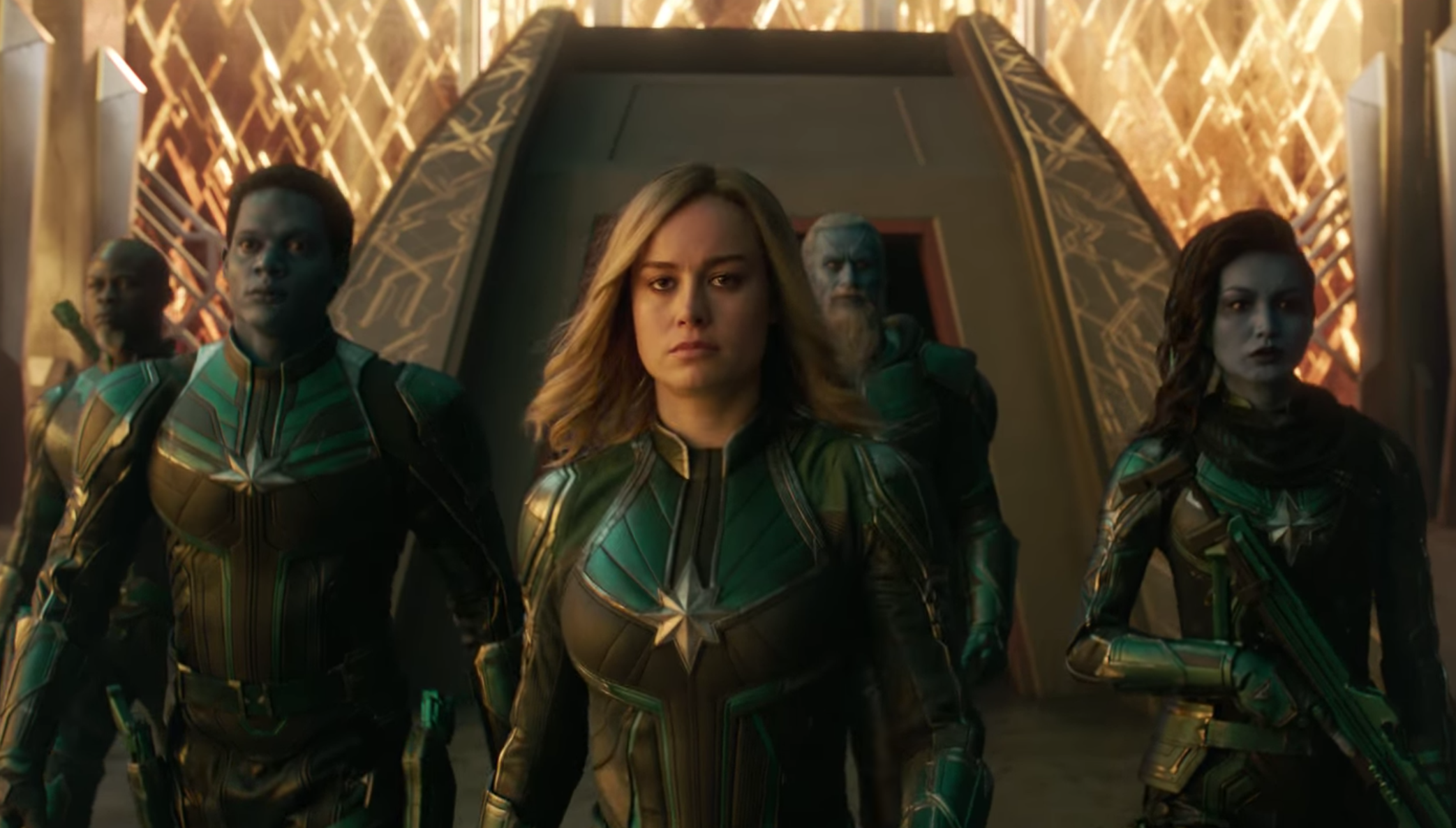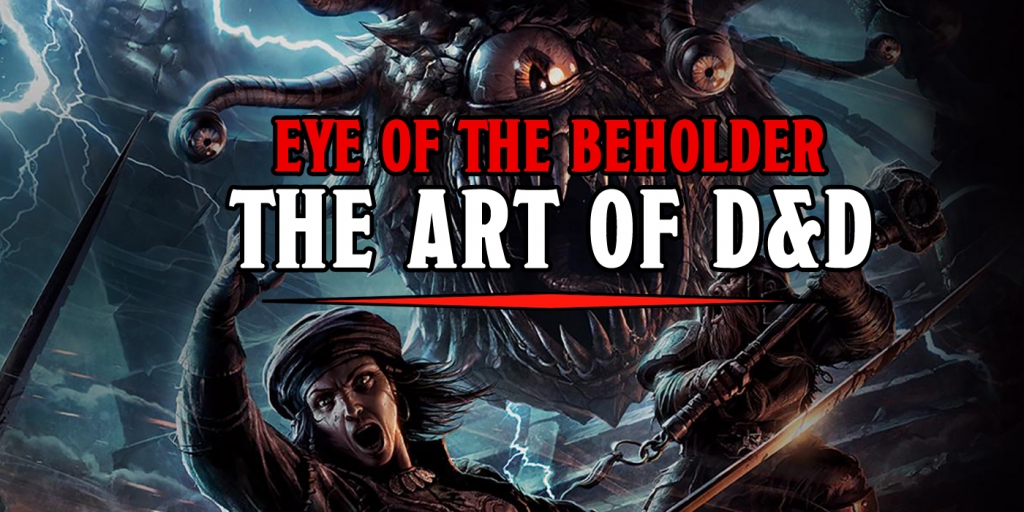D&D World Building Workshop: How Much To Tell Your Players
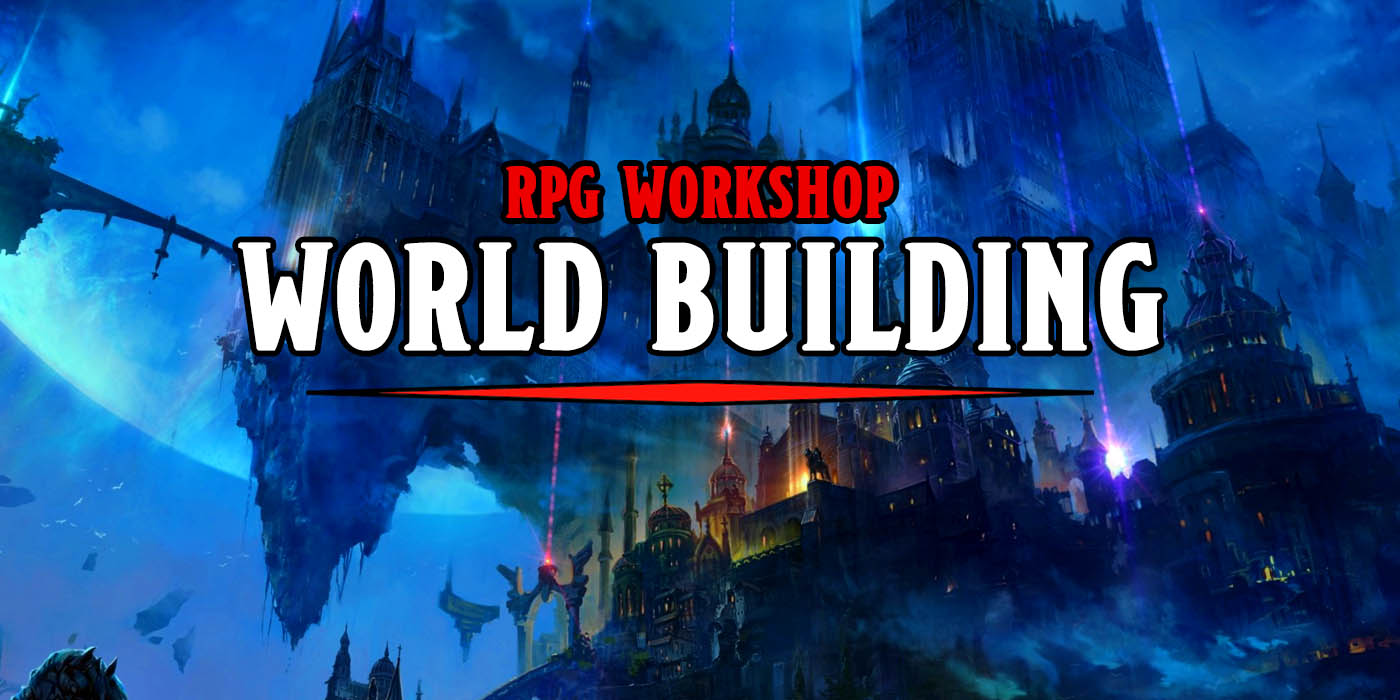
Let’s talk about how to build the perfect world for your D&D game – by being careful about how much you say.
There comes a time in almost every DM’s life when they want to move beyond the existing settings and create one of their own. Maybe you have an amazing story to tell, and it needs its own world to be told in. Perhaps you have a super awesome idea for a world and want to run adventures in it. Maybe you just like making up settings. Whatever the impetus, creating your own setting can be fun and rewarding both to you and your playgroup. In this new ongoing series, we will look at the steps you can take to create your own setting (a process known as world-building), and we’ll look at some tips and tricks of good world-building and some common mistakes people make. Along the way, we will build our own setting and world.
Welcome to World Building Workshop, let’s get started.
The Groundwork
Last time on World Building Workshop, I talked about laying the most important rule of world building, being consistent. We discussed why it’s so important, and how it can affect all aspects of world building. Today let’s go over another important aspect: what, and how, to tell your players.
Reader Knowledge
One of the major differences between world building for an RPG and for a more traditional story telling format, such as a novel or movie, is how much the players should know going into the game. When reading a new novel or watching a movie for the first time (assuming it’s not a sequel) the audience will know nothing about the world, and the world building will be explored and reveled throughout the story. In some cases, a map (as in the case of many of epic fantasy novels) or a short intro (such as the now famous one from Avatar: The Last Airbender) can give a little bit of information right off that bat. This however tends to be pretty basic and limited information.
Some novels will also include an appendix at the end of the books to give additional out of story information. This is common in epic fantasy novels, with The Lord of Rings, A Song of Ice and Fire and the Stormlight Archives, to name a few, all following this pattern. This information, however, is generally expected to be supplemental to the knowledge in the novel itself and is typically read after the novel to help make sense of it. In the main, the world building is still doled out over time. This can be used to the advantage of the author, of course, to help set up twists and to help keep the story, and reader focused. However, at most points, and certainly at the start, the reader will know much less about the world that the characters are living in it.
Player Knowledge
Unlike a reader or viewer, a player is taking on an active role in the story as a player character. Thus the level of general knowledge the PC, and by extension the player, should have about the world at the start is far greater than an audience member. Rather than going into the story and setting blind, the player should have as much knowledge about the world at the start as anyone of a similar class/station and upbringing living in the world should have.
Thus a player playing a high born noble should most likely start the game with a general knowledge of the local countries and political situation, knowledge of the cites and anything else that makes sense. This can lead to some complications.
If your players come from various classes, say one is a noble, and one is a peasant they would realistically have different areas of knowledge about the world. However pulling this off can prove very hard in reality. Not only do you have to tell each player different things, but somehow keep them from sharing the information out of the game. You can pull this off with the right group, but it’s not always worth the effort. The key point is that characters should have a lot more starting knowledge of the world.
To Another World
The one major exception to this rule is if you are running a kind of fish out of water campaign where your characters are transported to another world via magic or alien abduction. Think of books like John Carter of Mars, The Lion, The Witch, and the Wardrobe, or anime like KonoSuba or Spirited Away. In this case, since the players are transported to a strange world at the start, and that is part of the appeal of the genre, they shouldn’t know anything about the new world. Similarly, if you are running a supernatural or occult game where the players are introduced to some kind of “hidden world,” think John Constantine or Hell Boy, your players would know the “normal” world at the start, but not of the secret world. These are however, exceptions to the rules and that should be remembered.
So How Much Do I Tell My Players?
All this comes down the simple questions of what you should tell your players at the start of the game. Ultimately that will be up to you, but you should not tell them everything. The more your players know, the more they will be able to act like people living in the world and react to things appropriately. On the other hand, the more your players know they more they maybe tempted to run amok and do their own thing. If you’ve told them all about this one really cool place, they may just decide they have to go there, even if it takes them away from the plot.
This can often come down to your style as a game master. A more improvisational GM, and looser, free-wheeling story, can benefit and often grow organically if the players have a lot of knowledge. On the other hand, sharing only the needed information can work better for a more structured GM with a tight planned out story. Generally you want your players to be able to act and think like people in the world, without giving away too much of the plot.
Lie To The Players
One important aspect of sharing the background and building of the world with players is the ability to lie to them. In real life it’s often the case that much of what we “know” about the world is either false or greatly simplified. Sharing “false” world information that the players, and people in the world, think is true, can not only help you with telling your story but is a great form of world building itself. Letting the players know before the game about the tribes of dangerous goblins to the north gives them information anyone from their country would have. It can also hide the fact the goblins are in fact peaceful, and it is the player’s own nation that is in fact the aggressor in the war. This not only provides a potential plot point, but helps show both the truth of the situation with the goblins AND revels stuff about the players nation.
The unambiguous good guys off to kill the totally evil bad guys!
The key here is that players should know what the people in the world know, both the truths and the falsehoods that they believe. You wouldn’t start the above example by telling the players about the good peaceful goblins, because that’s not what the people in world think. Using your world building, and what you tell players about it, to set expectations about the world, and set up plot points is a powerful tool. Next time we will discuss how you can convey all this information to players, until then, have fun building!
Let us know how much, or how little, you tell your players, down in the comments!



